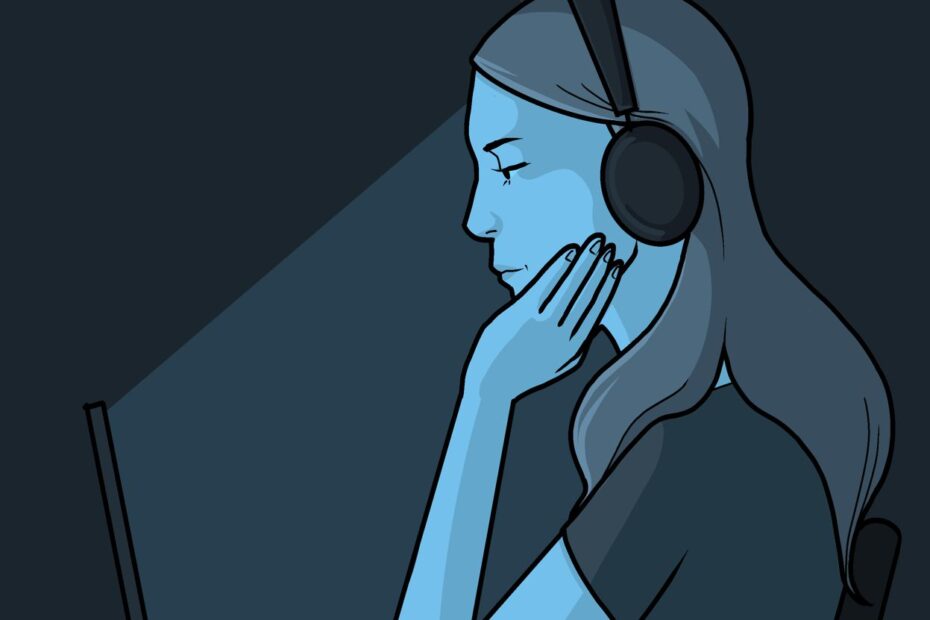Before I turned ten, “internet” and “school” were two separate concepts. The “internet” was something I used at home to watch nature documentaries and Nickelodeon cartoons, to browse books on the municipal library website, and to make my first, admittedly terrible, steps into writing. At “school,” we wrote and drew and scribbled on paper. We were given paper handouts and handed journals on floppy, hole-punched notebooks. All our work was done with a pencil in hand. The “internet” didn’t belong at school, the way running laps didn’t belong in a music classroom and the way you never brought your math worksheets to a reading of Anne of Green Gables.
The notion that the internet had academic applications barely crossed my mind as a child. Sure, I learned things by surfing around on Internet Explorer (oh, the antiquated horrors), and I did search up answers on web browsers for some of my homework assignments. But the other possibilities just never really clicked for me back then.
So, come Grade 3 and my third- period “computer studies” class, you could colour me surprised. We were marched, single-file, to one of those big “computer labs” lined with rows of desks and those clunky, absurdly slow Windows desktops. This was before the Chromebook carts, mind you. If you wanted to access the internet at school, you went to the computer lab. You pressed the power button on the monitor, then the power button on the desktop if that didn’t work, then prayed that something would happen. With some luck, the computer would whir to life. Just as frequently, you would be stuck on a loading screen, watching the little white pixels twirling in a perpetual dance. Early 2010s school tech – what more is there to say?
Our teacher dressed more like the office IT guy than an elementary school teacher, with his dress shirts and square- framed glasses and oddly-timed jokes about obscure Albanian customs. We learned about Ctrl + Alt + Delete, about our student numbers and how we could use them to log onto school computers. We learned how to set passwords and download files and open our student Google accounts. Some of my classmates were ahead of the curve: I distinctly remember the boy next to me learning to code in Javascript on Khan Academy while the rest of us were still learning how to navigate the school website.
Soon thereafter, my teachers started using Google Classroom. Announcements and assignments were posted online. I typed up my homework in Google Docs, uploaded the file into the submission box and pressed that big bold “Submit” button with a slight sense of foreboding. Grades were returned online, and to this day I hesitate before viewing them.
By the time middle school rolled around, all of this had become second nature. I didn’t have to think twice to know that when you create a new account, you had to go into “settings” and check “site permissions” and “privacy,” to make sure things like “share data with third parties” and “location access” were off. For group projects, you shared documents with your group partners by either copying the link to the file or uploading it to the cloud. School clubs set up their own Google Classrooms to keep in touch and set deadlines. We played Kahoot in sex-ed class, hoping that our laughter could hide the embarrassment. “Google Classroom” started as a name mentioned carelessly in a stuffy computer lab, and ended up a staple of the academic experience by the time I graduated middle school.
High school made the virtual classroom into the core of the learning environment. In the pre-COVID-19 months, some of our teachers diverged from the Google Classroom equation and experimented with D2L Brightspace. D2L stood for “Desire 2 Learn,” a hippie name for a “cool and modern” learning platform, except that Brightspace’s sterile, brutalist layout stripped away any desire to learn instead of engaging me as advertised. Even now, opening up myCourses triggers a deep-seated nostalgia for those simpler bygone times, when you could access course content in an intuitively-displayed feed, instead of needing to click through ten gazillion tabs only to realize your teacher hadn’t made the content visible.
Then came the pandemic. If I still had any lingering doubts that virtual learning platforms would become an essential aspect of the modern classroom, COVID-19 beat them soundly out of my head. Without Google Classroom and Brightspace, there would have been nowhere to submit our work during the lockdown. Without Google Meet and Zoom, classes would have been restricted to notes and recordings, and teacher-student interaction would have fallen even below the dismal minimum it had already dropped to. The Internet made learning possible during the pandemic — made it possible for us to retain some degree of normalcy while the world was flipped upside down.
Isn’t it ironic? In my early schooling years, I never envisioned the Internet to play any significant role in school. A little less than a decade later, schooling only seems to be possible because of the Internet.
Nowadays, vestigial practices from the COVID-19 era remain central components of academic life. Missed a lecture? No problem: the professor probably made a recording. Have to organize a meeting with ten participants in different locations? No biggie – just set up a Zoom call and you’ll all be side by side on your screens. The internet is the most powerful tool of our time, and it’s been an enlightening and encouraging experience to see it shape our classrooms for the better.
